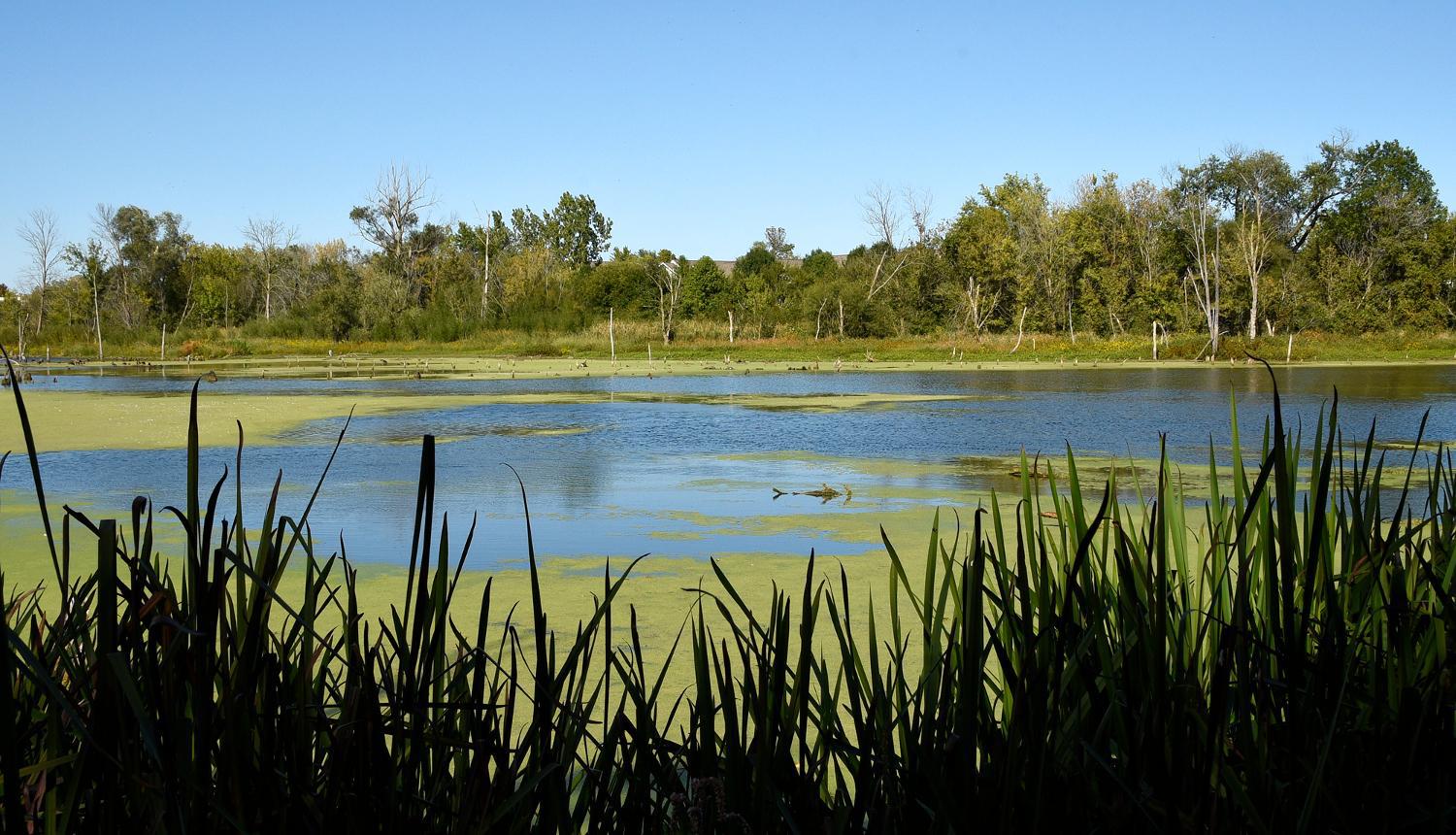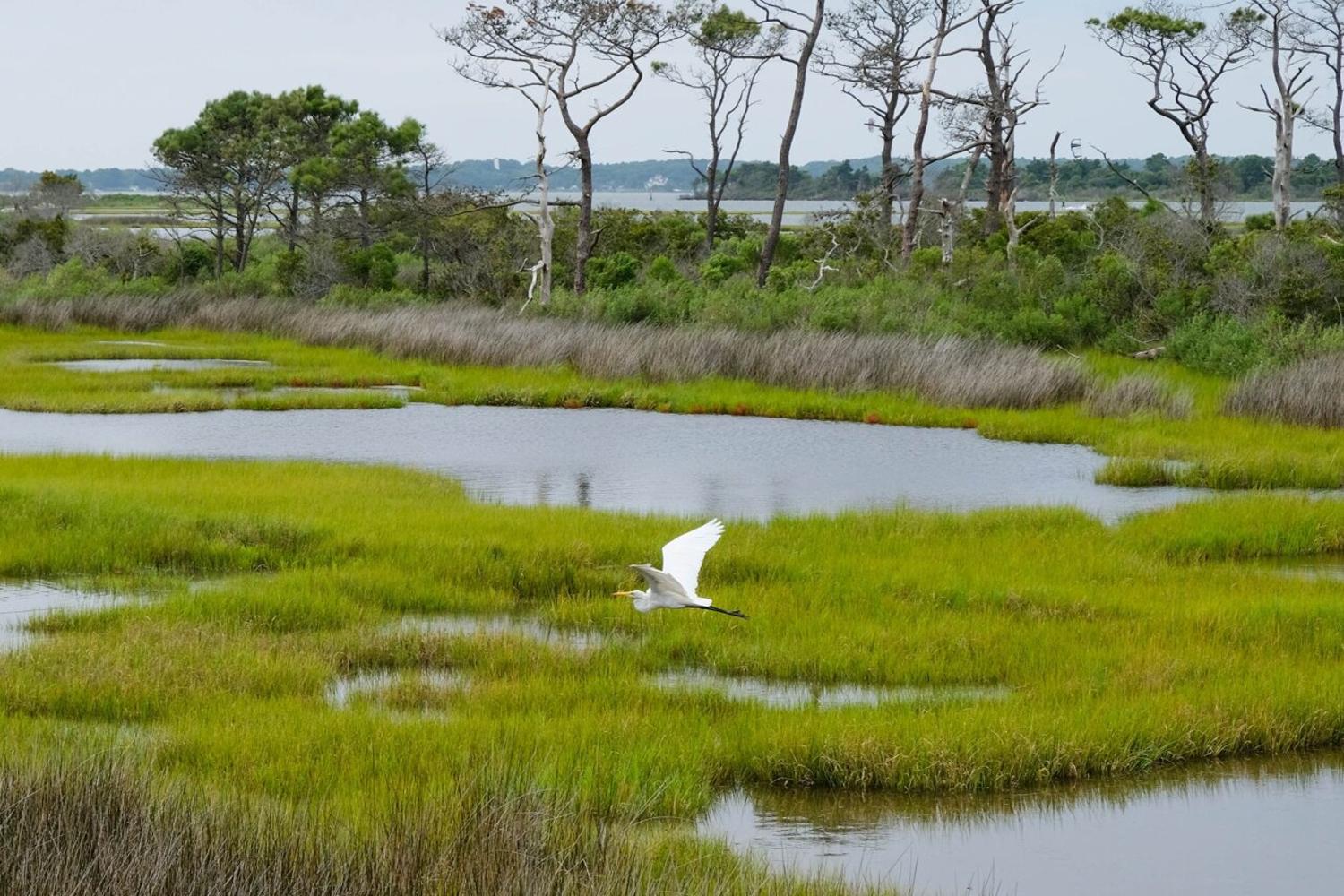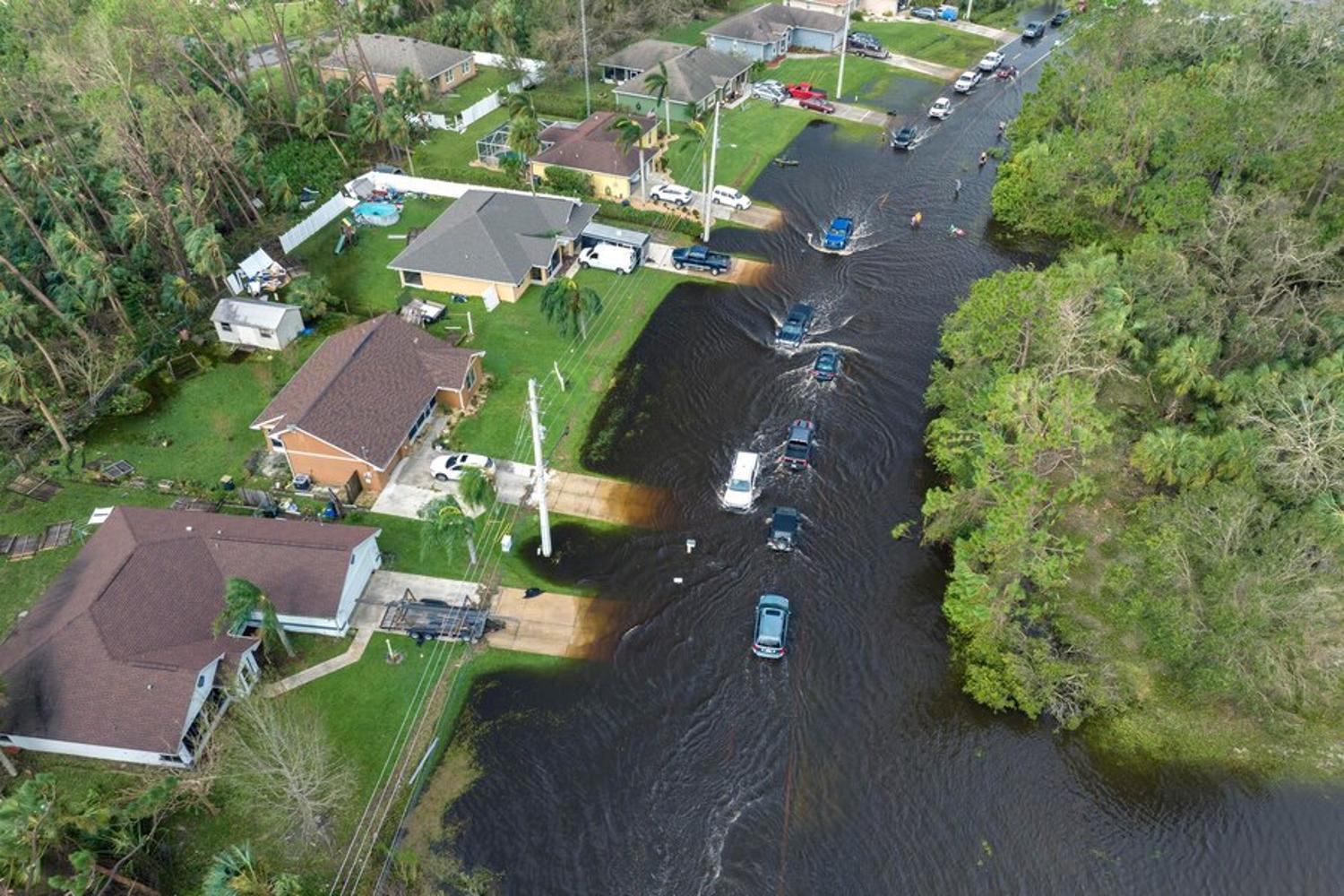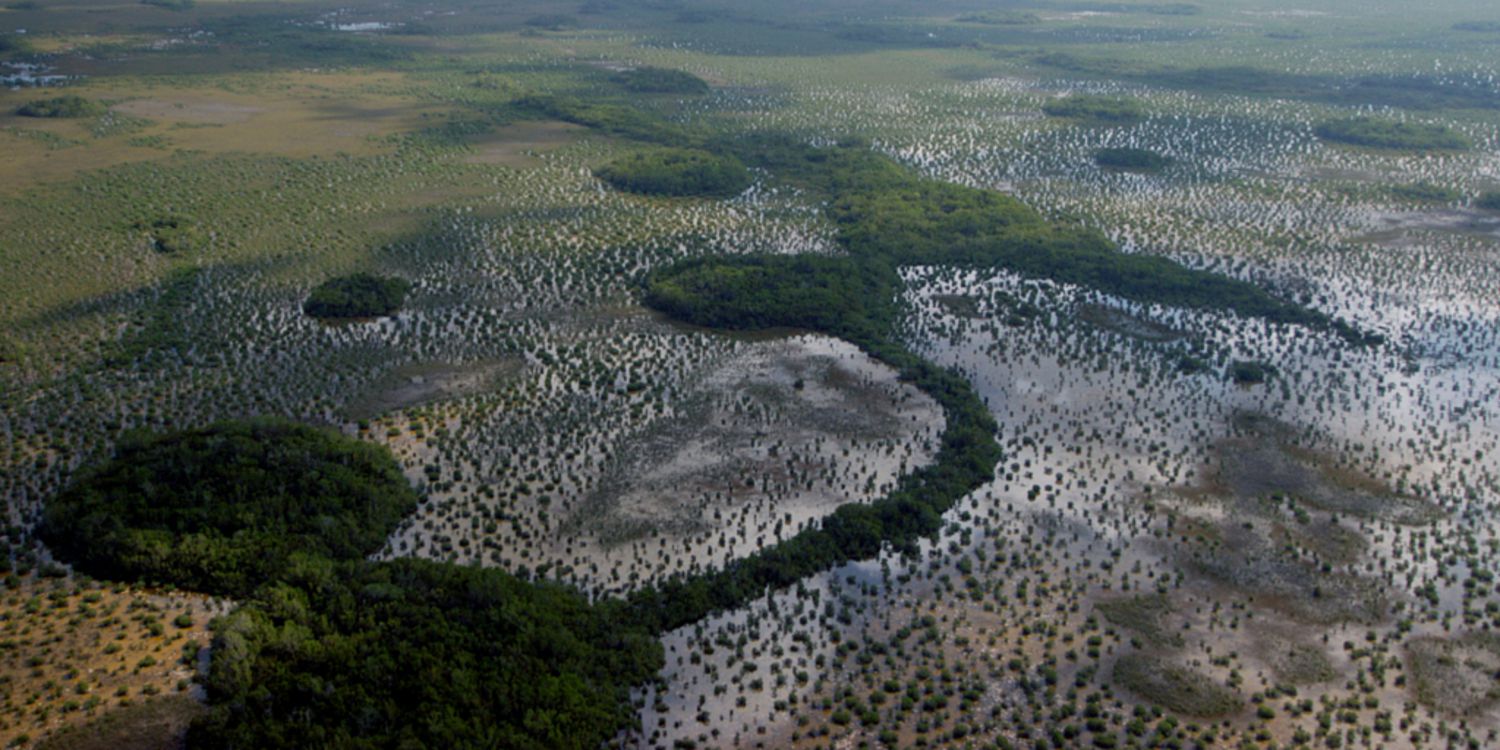The US Supreme Court has certainly made some questionable decisions over the past few years, one of which obliterated the existing federal protection of the nation’s wetlands.
Now, in response to this decision, the governor of Indiana has passed a bill that rolls back previous protection of wetlands throughout the state. Experts say that this decision will be wildly detrimental to the local ecosystems.
Supreme Court Decision Could Have Devastating Effects

In June 2023, the US Supreme Court announced a wildly controversial ruling that drastically reduced the scope of the Clean Water Act.
At the time, many argued that the decision, which limited the Environmental Protection Agency’s ability to protect US water sources, would lead to “significant repercussions.” And now, just one year later, residents of Indiana are already seeing this fear come to fruition.
Indiana Governor Passes New Bill Regarding the State’s Wetlands

In February 2024, Indiana Governor Eric Holcomb signed the first bill of the year into law. Entitled House Enrolled Act 1383, the bill officially went into effect on July 1, and environmentalists believe it will have dire consequences for the state.
The bill essentially changes the classifications of Indiana’s wetlands from three classes to just two. All wetlands that were previously considered Class III are now only labeled as Class II.
Now, No Indiana Wetlands Will Be Fully Protected

According to environmentalists, the problem with this bill is that Class III wetlands were previously fully protected by law.
However, now that they are only considered Class II, these wetlands are no longer being safeguarded. In fact, the vast majority of land beneath and surrounding the wetlands is now available for purchase and construction.
The New Bill Is Great for Construction Companies

Of course, developers in Indiana were thrilled with the governor’s decision, as it meant that they could now build homes, businesses, and even roads on the majority of the state’s 813,000 acres of wetlands.
However, environmental advocates argue that these wetlands are absolutely necessary for the proper function of Indiana’s natural environment. They say that this decision is bad news for not only the local ecosystems but also the residents who live nearby.
Wetlands Are Extremely Important to the Environment

Wetlands are defined as low-lying swaths of land that are saturated with water, either constantly or seasonally, which contain aquatic vegetation and hydric soils.
Wetlands are also considered absolutely essential for the environment. They are home to hundreds of species of fish, birds, and other wildlife, store floodwaters, maintain surface water flow during drought, and feed the underground aquifers below.
A Failing Ecosystem Affects Everyone

If climate change has taught us anything, it’s that a failing natural ecosystem doesn’t just affect the plants and animals but human beings, too. Draining and paving over wetlands will, of course, negatively impact the environment, but that’s not all.
For example, wetlands are vital for soaking up nutrients in the soil, specifically nitrogen and phosphorus. Without wetlands, the soil in the surrounding area could become toxic, and as much of the land around Indiana’s wetlands is farmland, this could be a serious problem for the economy and health of the state’s residents.
70% of Indiana Residents Rely on Aquifers for Drinking Water

Additionally, removing large swaths of wetlands would be extremely detrimental to Indiana’s underground aquifer, which supplies 70% of the state’s residents with clean drinking water.
Wetlands ensure that the underground aquifers stay full and keep the water clean and filtered. And most experts agree that without the wetlands, Indiana could face a serious water crisis in just a few years.
Wetlands Protect Indiana Residents From Flooding

While avoiding toxic soil and preventing a water crisis would be reason enough to protect the wetlands, there is still a third reason why these natural landscapes are so important.
The wetlands of Indiana catch and hold stormwater and drastically reduce flooding throughout the farmland and residential neighborhoods across the state. Without them, thousands of homes and vast acres of land would be susceptible to destructive floods.
Indiana Can’t Afford to Lose Any More Wetlands

Sadly, over 85% of Indiana’s wetlands have already been destroyed over the last century. Environmentalists argue that this new bill will likely dismantle the remaining 15%, which is incredibly dangerous.
As Indra Frank of the Hoosier Environmental Council explained, “We are in a place in Indiana where we can’t lose any more wetlands.”
Environmentalists Believe a New Arrangement Is in Order

Although the law has already passed and gone into effect, many environmentalists hope Gov. Holcomb will add an amendment to the bill to protect the remaining wetlands while still allowing construction in some locations.
Some, such as Sue Errington from the House Environmental Affairs Committee, “believe [there is] a better solution for all interested parties.”
America Should Be Doing Everything It Can to Protect the Environment

At this point, it’s shocking to see that ruling bodies like the Supreme Court and leaders like state governors are still refusing to prioritize environmental protection.
We now know just how crucial properly functioning ecosystems like wetlands are to the success of the nation and the planet as a whole. Hopefully, the Supreme Court’s ruling will not negatively influence other state’s protection policies, but sadly, that’s probably exactly what will happen.








































